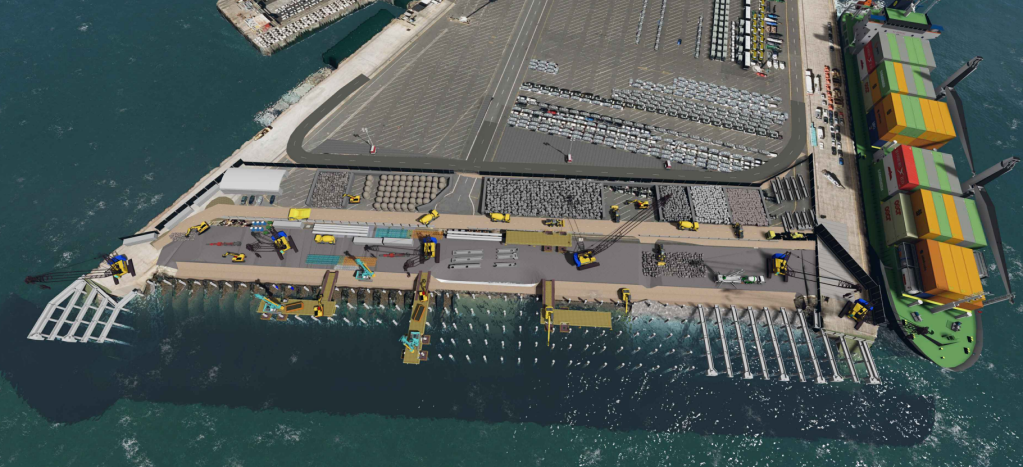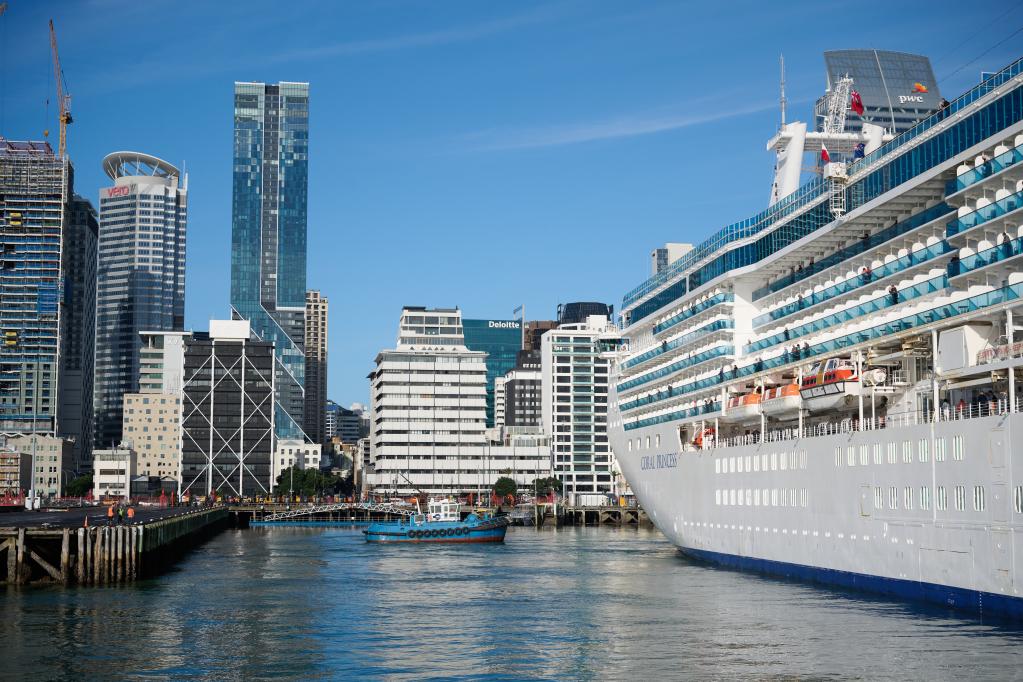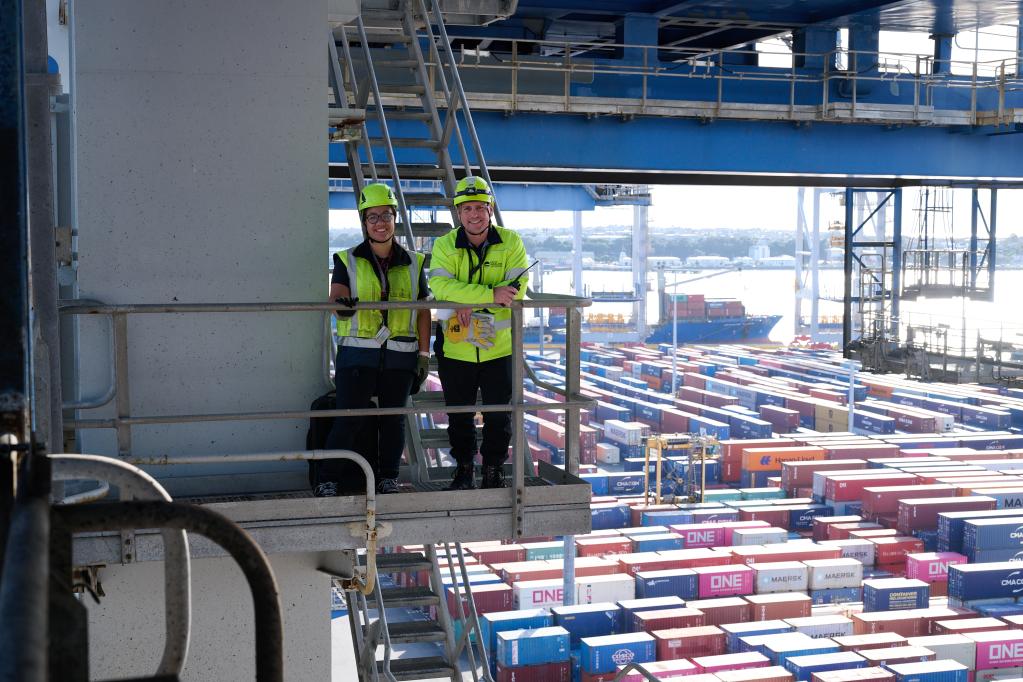1 November 2022
Mayor Wayne Brown
Mayor of Auckland
Via email
Dear Mayor Brown,
Thank you for your letter of 18th October 2022 and congratulations on your election as Mayor of Auckland. I look forward to working with you and your Council.
The Board and Management are very aware the performance of the Port from a safety and financial perspective over the past four years has not been satisfactory. We have committed to a transformational strategy to reverse this trend and our expectations of the outcomes in the short term are reflected in our Statement of Intent 2023 – 2025 submitted to Council on 28th September 2022. We are confident that we can return to paying the council a dividend of $50m pa in the medium term utilising the current footprint of the Port.
You have raised several issues in your letter, and I respond under the same headings to provide some background and an initial response:
Medium Term - Benchmarking.
Quarterly Reporting
Ports of Auckland Limited (POAL) provides updates to Auckland Council as shareholder on a quarterly basis, which includes reporting progress against the Key Performance Targets and other matters in the Statement of Corporate Intent (SCI).
We committed to report our productivity compared with other similar NZ Ports and the first reporting against this metric is contained in the quarterly report to 30th September 2022 which will be sent to Council on 31st October 2022. The NZ Port productivity statistics are gathered and reported by the Ministry of Transport, and we are constrained by the timing of the availability this information – the latest being the quarter ended 30th June 2022.
Return on Equity
Additionally, you have stated you will provide further guidance on your performance expectations and additional benchmarks for return on capital based on valuing the Port land at its highest and best use. We will work with your team on further metrics that may be useful or that you would like to have included in our SCI on our performance.
It is important to note that all our property assets, including the Port land, are currently valued based on highest and best use on an annual basis, the most recent valuations were conducted by CBRE and Colliers on 30th June 2022. These values are reflected in the annual financial statements and are used to calculate the Return on Equity and Return on Investment metrics in the SCI.
Over the last seven years the ports underlying Return on Equity (underlying NPAT/average equity) has dropped from 13.29% in FY16 to 2.5% in FY22. The average underlying Return on Equity over the last four years has been 3.16% and we recognize this is an unacceptable performance.
The Board and management are now focused on returning this to 5-6% over the next three years, and then with further increases beyond this timeframe.
Port Ownership
Regarding the ownership of Port land or a long-term lease of operations, I can assure you this is not a topic of discussion at the Port and is not a priority as we execute our strategy to return the performance of the port operations and the payment of dividends to the previous levels of $50 plus million per annum.
Port Location
As you are aware, there have been many studies on the location of the Port including: - the 2016 Port Futures Study, the 2019 Upper North Island Supply Chain Strategy Working Group (UNISCSWG) Report and the 2020 Sapere Report. All the studies and reports highlight that the issues are complex and would require significant investment from Government and Councils to fund the infrastructure required to support a change which would take up to 8-10 years to bring to fruition.
The Ministry of Transport (MOT) is currently developing a NZ supply chain resilience strategy which will consider a broad range of inputs including the recommendations in the UNISCSWG, as well as the subsequent 2020 Sapere Report. These studies indicate there are considerable economic and environmental barriers to moving the Port or its component parts to other Ports and any move will require considerable government funding. Ports of Auckland management will continue to participate as the MOT develops the resilience strategy for the NZ supply chain.
As the POAL is an integral part of the NZ freight network, we suggest it would be appropriate to wait for the MOT strategy to be completed prior to making any decisions on the Port’s future. Advice from the MOT is that the strategy will be completed in mid-2023.
Short Term strategy – Reduction of Footprint.
POAL has actively worked with Auckland Council over the last 25 years to reduce our operating footprint. During that time POAL has returned in excess 117ha of waterfront land to the Auckland Council, primarily in the west from Westhaven, Wynyard Quarter through to Queens Wharf. We now operate the port volumes, which have grown substantially during those 25 years, on 77ha of land.
Bledisloe and Captain Cook Wharves
You have requested that we look at plans to cease port operations on Bledisloe and Captain Cook Wharves and move them to the highest and best use for the benefit of Aucklanders. As noted above, we already measure our performance against assets measured on the “highest and best use “basis.
The Port provides an essential service as the import port for more than two thirds of New Zealand’s vehicles. These vehicles include new and used cars, ICE and electric, light commercial vehicles, trucks, trains, and buses. In addition, it facilitates the import of heavy equipment for construction, agriculture, and transport. Bledisloe and Captain Cook Wharves are key to this trade.
The location of the vehicle importation has been raised previously and Auckland Council Investments Limited commissioned a report from NZIER in 2017 on the economic and environmental impact on Auckland and New Zealand of ceasing this trade through POAL and the realistic timing of making any change.
We will ask NZIER to update this report for the purposes of assessing the impact, but the Board is conscious of the headline numbers in the 2017 report which were:
- Import of 76% of light vehicles and 68% of heavy vehicles for NZ through POAL.
- Auckland and Waikato markets represented 61% of all light vehicles landed in Auckland.
- Increased costs to NZ between $950m and $1.05bn if the vehicle trade had to be relocated to either Tauranga or Northland and noted this would likely be passed on to consumers.
- Increased emission impact 13,300 tonnes CO2 pa (Northport) and 17,700 tonnes CO2 pa (Tauranga)
- Other costs include building new port infrastructure in Tauranga or Whangarei, upgrading transport infrastructure (road or rail).
- Significantly reduced dividend to Auckland Council
- Impact on 10,000 jobs in Auckland
I can provide your staff with a copy of this report if that would prove helpful to you.
As requested, we will set up a working group with stakeholders to develop a plan and timeline to develop the area between Ferry Building and Bledisloe Wharf and explore the cessation of port operations on Bledisloe and Captain Cook Wharves.
We expect this group will want to understand the valuation of the highest and best use and the economic, environmental and amenity impact on Aucklanders and Auckland of ceasing the vehicle business and we have commenced gathering the information required to enable this assessment.
100% Container Transfer by Rail
POAL has good communications with KiwiRail, and we actively work together to lift the percentage of containers moved by rail to the South Auckland depots, whilst recognizing the current constraints due to the passenger rail network and the shortage of KiwiRail rolling stock. We are reliant on KiwiRail to achieve a 100% rail movement from the Port, and we will explore with them their ability and timing to achieve such a goal.
Health and Safety
I acknowledge that the safety performance of the Port in the past has been unacceptable. Fixing this is a key focus of the Board. POAL has now largely completed the recommendations of the CHASNZ Safety review. We have a clear Three-Year Safety Strategy which is a key plank in our broader “Regaining our Mana” turn-around strategy. Management meets quarterly with Auckland Council Safety staff, and the new team has seen good progress across all aspects of safety at the port. Additionally, at the request of Maritime NZ and WorkSafe, the POAL CEO is a sector lead on the Government’s Port Tripartite Health and Safety Working Group.
POAL is committed to improving the relationship with Unions and Management has recently started to implement a High-Performance High Engagement (HPHE) approach to problem solving with the unions. Current projects being worked on jointly using HPHE include dynamic rostering, fatigue management and the development of a Stevedoring Code of Practice.
In conclusion the Board and management of the POAL are looking forward to working with you and the new Auckland Council. I am personally looking forward to our first opportunity to meet on 2nd November 2022, when we can discuss these priorities and the priorities that the Board have for POAL. Together, we will no doubt, achieve the best outcome for Aucklanders and NZ.
Yours sincerely
Jan Dawson
Chair


